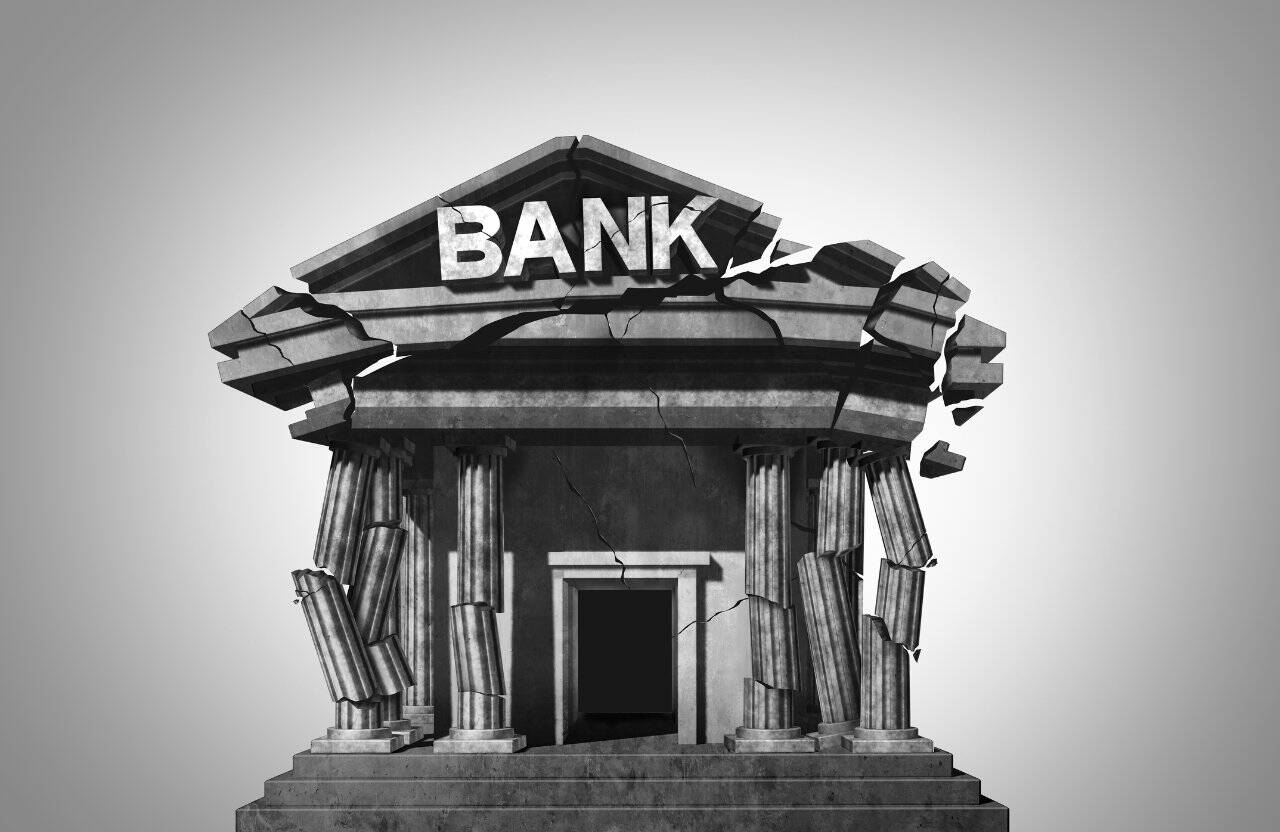By Morf Morford
Even the term “local bank” may be a misnomer. Most of us might have local bank “branches” that we use, but, as most of us know all too well, thanks to the Great Recession of 2008-09, most smaller banks were absorbed by larger (and ever larger) national or regional banks.
But if you’ve been to a bank (if you still use a literal brick & mortar bank) you can tell the second you step in the door that something is wrong. Very wrong.
Local branches are closing, and those that are still open are vastly under-staffed.
The old days of a row of bank tellers across a counter, to my experience, seem to be gone. Probably forever.
Most boomers grew up using banks, but following generations didn’t. And probably won’t.
And COVID emptied out banks — among other businesses that counted on face-to-face encounters.
Will banks go the way of landlines?
Most businesses recovered (with some notable exceptions, of course) but banks haven’t. And probably won’t.
Combine generational preferences with pandemics and online banking and you have an inevitable shift in how the vast majority of us handle our money.
For generations banks have been one of the most reliable cornerstones of local economies. And communities.
But, as a late-night infomercial might put it, wait, there’s more. The Federal Reserve reported that at the end of January, US banks had loaned out more than $1 trillion to non-deposit-taking financial institutions, also known as shadow banks.
What’s a shadow bank?
In short, a shadow bank is any private credit lender that’s not a commercial bank and therefore not bound by regulatory oversight.
Hedge funds, fintech groups, major investment banks like Goldman Sachs, and even certain divisions of commercial banks all fit the shadow bank definition.
In place of customer deposits, they take investments or loans, and their (and our) money isn’t insured by the federal government.
In essence they act as middlemen between traditional lenders and potentially unsafe quasi-institutions and offer opportunities like investing in startups and making risky mortgage loans.
For many big lenders, interacting with shadow banks is, or at least has been, good business.
In January for example, Citibank led a $310 million loan to buy-now, pay-later service Sunbit.
Late in 2023, Wells Fargo joined with private asset management firm Centerbridge to pump billions of dollars into creating Overland Advisor, a business development company.
According to Wells Fargo CEO Charlie Scharf, this move was a just another expression of the bank’s never-ending goal of “finding ways to best serve our clients.”
To put it mildly, not too many of us customers are feeling “better served’ – or even welcome in those buildings and institutions that hold our assets.
And, as unstable as those investments might be, they are increasing and
could be entering a dangerous level of involvement.
Here are just a few examples.
Traditional banks’ loans to their shadowy counterparts have jumped about 12% year-over-year, outpacing standard overall loans.
By the end of 2021, shadow banks controlled about 14% of the world’s financial assets.
To put it mildly, regulators are not encouraged by this development.
Treasury Secretary Janet Yellen told the Senate Banking Committee that shadow banks “are reliant on short-term financing that may be a lot less stable than deposits, and in stressful times, their credit lines can be pulled. There is concern that in stressful market conditions we could see the failure of one of these.”
Fun fact: Some of the largest bank failures in US history have been within the past year. You can see semi-riveting history of US bank failures here – https://www.forbes.com/advisor/banking/list-of-failed-banks
As you might hope, for obvious reasons, regulators are pushing for more transparency in how commercial banks report where they lend money.
For now, shadow banks are considered “nondepository financial institutions” but late last year, the Federal Deposit Insurance Corporation (FDIC) proposed more focus by establishing categories like private equity firms and credit funds.
It may not restrict or slow down investments into shadow banks, but it would give some of us a clearer view of where our money goes when we are not looking.
In short, like money, work and just about everything else, banks are not what they used to be.





